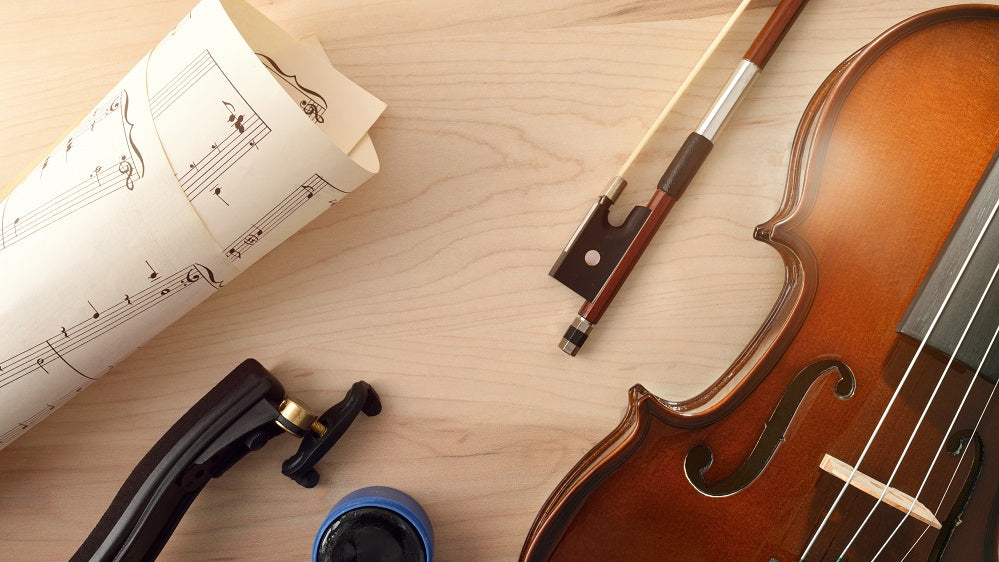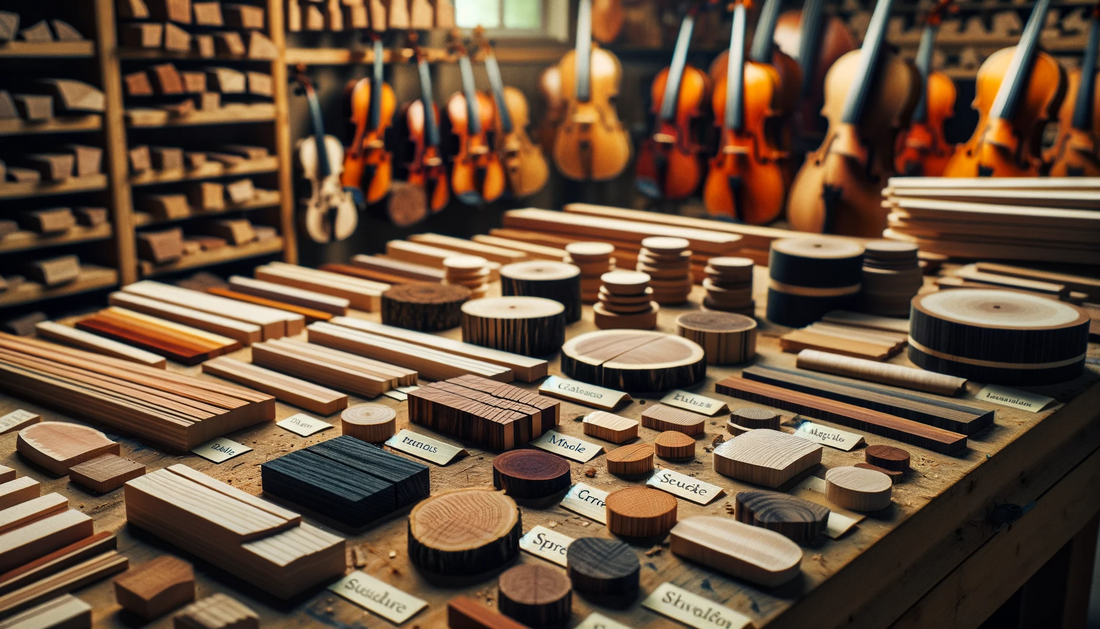In the world of violin making, selecting the right wood is a sacred ritual, a foundational step in the creation of an instrument that breathes music. My journey into the heart of this process began many years ago, under the watchful eye of my mentor, an old-world craftsman whose hands told stories of countless violins born from his workshop.
The Essence of Wood Selection
He taught me that the choice of wood is not just a technical decision; it's an intimate dance with nature and history. Each piece of wood has its character, its voice waiting to be unlocked by the luthier's skilled hands. We would spend hours in the woodshop, surrounded by stacks of maple and spruce, each with its own hue, grain pattern, and hidden potential. The process was not just about looking; it was about feeling the wood, understanding its texture and weight, listening to the subtle sounds it made when tapped. This ritual was more than a step in violin making; it was a passage into the soul of the instrument.
The Harmony of Maple and Spruce
The choice of maple for the back, neck, and ribs, and spruce for the top, is steeped in tradition, a legacy passed down through generations. Maple, with its flame patterns and strength, provides the backbone of the violin. It's not just about aesthetics; the density and rigidity of maple influence the instrument's responsiveness and durability. I remember selecting my first piece of maple, tracing its flames with my fingers, imagining the music it would one day produce.
Spruce, on the other hand, is the heart of the violin's sound. Its role in shaping the tone, its lightness, and flexibility, make it the ideal choice for the top. Each piece of spruce tells a story of the forest it came from, the years it weathered, growing slowly in the cold mountain air. My mentor showed me how to look for the tight, even grain, a testament to the slow growth that contributes to the wood's resonant qualities. Choosing spruce is a delicate balance of science and intuition, a skill honed over years of experience.
Lessons from the Forest
One of my most profound lessons came from a trip to a forest in the Italian Alps, where some of the finest spruce for violin making is found. Walking among the ancient trees, I felt a deep connection to the source of my materials. It was there, among the towering trunks and whispering leaves, that I truly understood the importance of sustainable sourcing. The respect for the wood, the reverence for its origin, became integral parts of my craft.
The Impact of Aging and Curing
Back in the workshop, I learned the art of aging and curing the wood. Properly aged wood is essential for the stability and sound quality of the violin. My mentor had stacks of wood that had been aging for decades, each piece a reserve of potential waiting for the right moment. He taught me the nuances of this process, how the wood needs to rest, to breathe, to settle into its future role. The curing process, too, was a lesson in patience and foresight. It's not just a matter of time; it's about creating the right environment for the wood to mature gracefully.
Crafting My First Violin
The day I began crafting my first violin was a culmination of these lessons. Selecting the wood for it was a personal journey. I chose a piece of maple with a subtle flame, one that spoke to me of resilience and beauty. For the top, a piece of spruce with a tight, consistent grain, its surface holding the promise of a clear, bright tone. As I worked on the violin, shaping the wood, bending the ribs, carving the scroll, I felt a deep connection to the material, a sense of responsibility to honor its natural beauty.
The Continuous Journey
Years have passed since I crafted my first violin, and with each instrument, the process of selecting wood has evolved. It remains a blend of science, art, and intuition. I've experimented with different types of wood, each with its unique characteristics. But the core of the process remains unchanged: the respect for the material, the understanding of its role in the violin's voice, and the commitment to sustainable practices.
In Conclusion
Selecting the perfect wood for a violin is a journey that goes beyond technical skills. It's a dialogue with nature, a dance with history, and a commitment to the future of music. For aspiring luthiers, my advice is to listen to the wood, to learn its language and stories. Remember, each piece you choose carries within it the soul of a future violin, a legacy of sound and craftsmanship that will resonate for generations to come.


